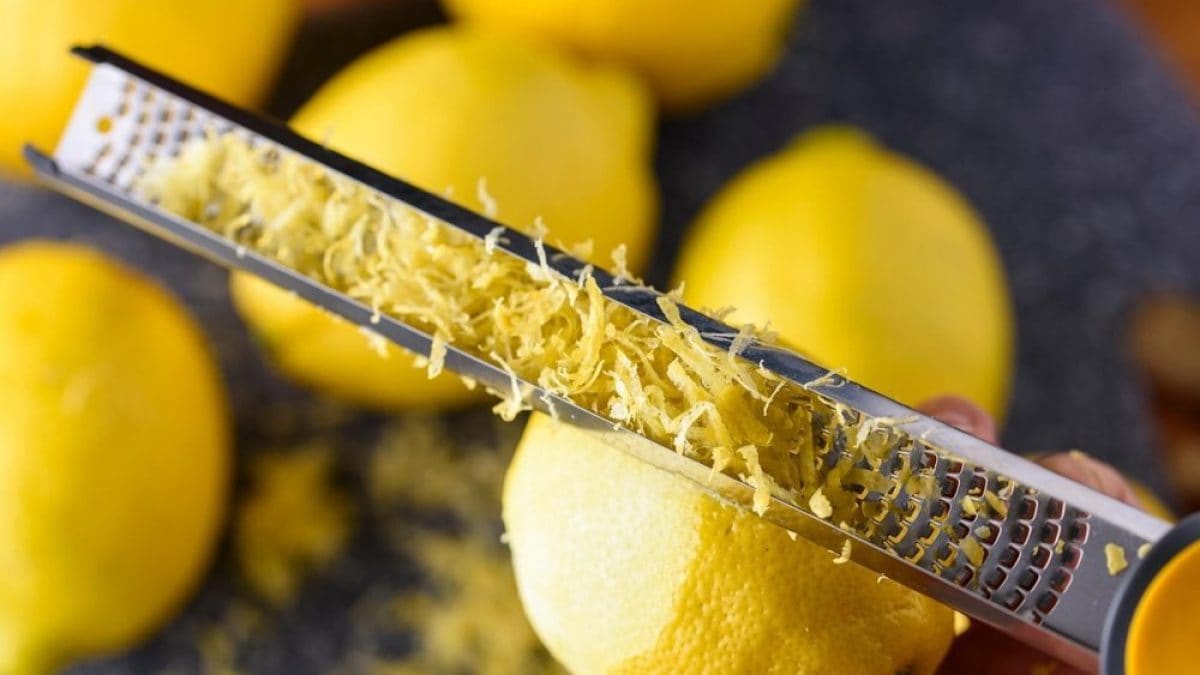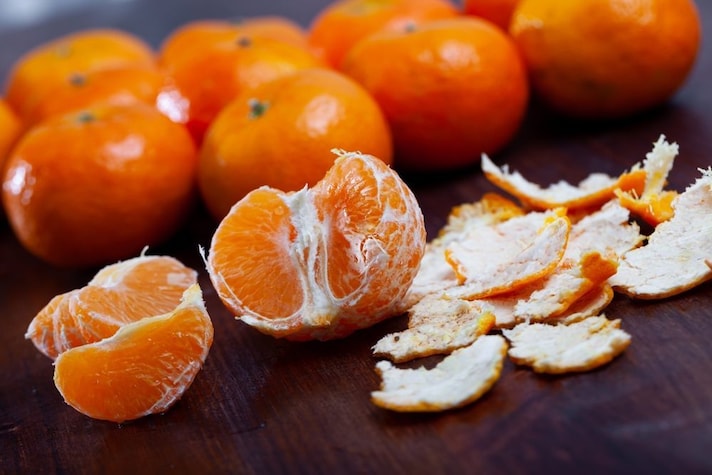
We've been taught that, when eating an orange, it's best to discard the "white pith," and even more so when using it to make desserts and juices. But have you ever wondered why? The white, slightly spongy part of citrus fruits is called the pith and is found just under the peel. We're used to discarding it because it's bitter, but it's actually rich in fiber, pectin, and essential oils.
What is Albedo and What Is It Used For?
The pith is composed primarily of cellulose, pectin, water, and essential oils. Its color can vary slightly depending on the type of citrus fruit, while its bitter flavor is due to the presence of phenolic compounds and flavonoids. Considered waste, the pith is mostly eliminated when making jams, creams, or liqueurs, although some are occasionally eaten when eating the fruit. It is a bitter-tasting part that contributes to the overall flavor of the citrus fruit, balancing the sweetness of the pulp. We discard it because it is not pleasant to the palate. Even when using just the peel, it is important to be careful, as it could impart bitter notes to the preparation in which it is used. Furthermore, the spongy texture of the pith can be unpleasant in some dishes.

That said, however, it's important to emphasize that pith is also rich in beneficial properties: as we've said, it contains fiber, especially pectin, but also antioxidants. Furthermore, pectin is useful for improving the consistency of jams, preserves, and other preparations. The essential oils extracted from pith are also used in perfumery and cosmetics.
But what purpose does the pith serve? The pith is, of course, a fundamental part: it plays a structural role, protecting the citrus fruit's internal pulp and helping it maintain its shape. You can therefore avoid discarding it entirely: of course, we're talking about ingesting small amounts and only in the case of organic, fresh, and untreated citrus fruits.
Can Albedo Be Used in Cooking?
Pith lends an intense, slightly bitter citrus flavor to dishes, balancing the sweetness of other ingredients. But how can you prevent it from imparting excessive bitterness to desserts or jams? Here are some tips:
- Blanch the pith. Before using, blanch the pith in boiling water for a few minutes: this process helps reduce the bitterness and softens the texture.
- Remove the innermost part. The innermost part of the pith contains most of the essential oils responsible for the bitter taste: remove it with a sharp knife.
- Grate it finely. Grating the pith finely allows its aroma to better distribute throughout the dessert without overpowering the bitterness.
- Balance the flavors. Add other sweet ingredients, like sugar or honey, to balance the bitterness of the pith.
- Use candied pith. If you prefer, you can use candied pith, which has a less bitter flavor and a softer texture, and is perfect for decorating desserts.
;Resize,width=767;)
